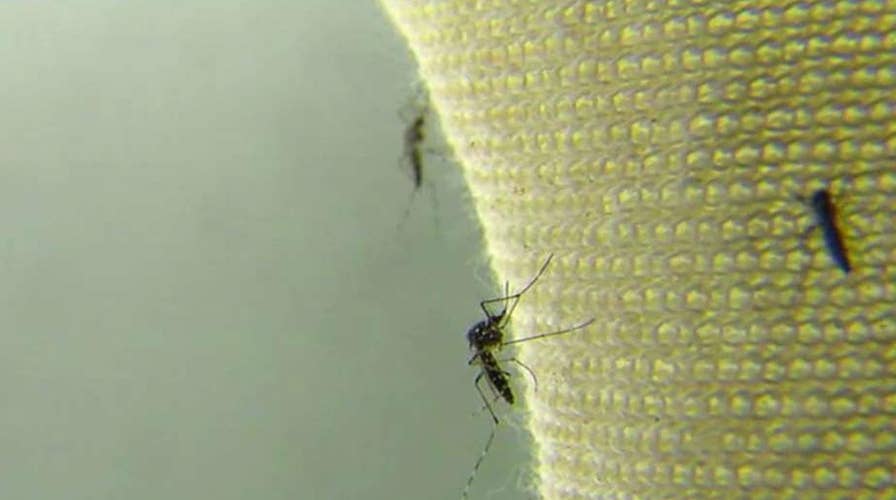Whatever happened to Zika?
Florida battled 2016 outbreak with spray and awareness; Phil Keating reports.
The number of illnesses caused by infected mosquitoes, ticks or fleas tripled from 2004 through 2016, with the largest surge fueled by the Zika crisis, according to a report released on Tuesday. What’s more, the agency said 80 percent of the vector control organizations designated to control these infections are not equipped to do so.
While Zika was responsible for the most glaring spike, the numbers also showed a steady increase in the cases of tick-borne Lyme disease.
The U.S. Centers for Disease Control and Prevention (CDC) reported a 73 percent spike in infections from 2015 to 2016, pinned to the emergence of the Zika virus. The virus, which is transmitted by mosquitoes, can cause devastating birth defects and sparked numerous travel warnings. Zika accounted for 41,680 out of 96,075 cases of infections reported in 2016. Researchers cautioned that the data may not reflect all cases, because not every infection is reported.
DOZENS DEVELOP RARE EYE CANCER IN A CASE THAT'S BAFFLING DOCTORS
The report identified seven new tick-borne germs discovered since 2004, and said that infected travelers can help spread the germs across the world.
Lyle Petersen, CDC director of the division of vector-borne diseases, told Reuters that climate change may be to blame for the increase. He said the shorter winters and increasing summer temperatures can fuel a boost in insect population, as well as outbreaks of mosquito-borne illnesses.
“It enables these ticks to expand to new areas,” Petersen said. “Where there are ticks, there comes diseases.”
Petersen added that federal programs are increasing funding to the vector-control organizations.
Reuters contributed to this report.

